Staying Healthy While Working A Desk Job
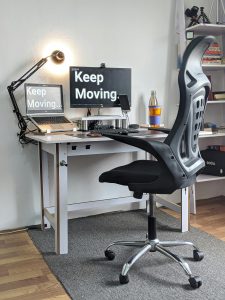 If your job requires you to move about and sometimes do physical labor, you may get tired, but it’s nothing like the exhaustion you feel when you have a desk job. People who work in an office or at the computer all day feel the same type of stress as those who move physically, but they don’t have the increased circulation, bodily movements, and opportunity to shake off stress. Staying healthy isn’t as easy. Activities, like walking, are limited. That stress-busting brisk walking or movement that boosts energy and the exhaustion at the end of the day often isn’t solved by a short nap.
If your job requires you to move about and sometimes do physical labor, you may get tired, but it’s nothing like the exhaustion you feel when you have a desk job. People who work in an office or at the computer all day feel the same type of stress as those who move physically, but they don’t have the increased circulation, bodily movements, and opportunity to shake off stress. Staying healthy isn’t as easy. Activities, like walking, are limited. That stress-busting brisk walking or movement that boosts energy and the exhaustion at the end of the day often isn’t solved by a short nap.
You’ve got many options that can boost your health.
It’s hard to build the energy to exercise when you’re mentally exhausted. You can prevent that by taking exercise breaks throughout the day. During a morning break, do a five to ten-minute routine. Jumping jacks, windmills, stretches, walking lunges, squats, and desk push-ups can be done in your cubicle or office. If you don’t have a private area, run up and down the stairs several times to get your heart pounding faster.
Are there too many treats in the coffee room?
If your office is social and everyone brings treats, it’s hard not to eat them. Those donuts Amy brought on Monday, Bill’s birthday cake on Tuesday, and Janet’s continuously full candy dish can take their toll on your waistline. You can dodge the bullet and bring healthy snacks to work. Everyone would appreciate a fruit salad or veggies and dip just as much as sweet rolls. Bringing options like an apple, an individual-sized bag of nuts, or a healthy popcorn can keep you healthier.
Boost your energy before you go to work and equal time afterward.
Ideally, you should schedule time at the gym at the same time every day. It can be early in the morning before work, at lunch hour, or the end of the day. It should be any time you can do it consistently, so it becomes a habit. Another option is to break your workout into smaller sessions throughout the day. You can do 15 minutes in the morning, 15 minutes at lunch, and another 15 or more at the end of the day. It all adds up.
- Walk more. Walk to lunch. If you set meetings, do a walking meeting so everyone. Take the stairs as far as possible and use the elevator for the rest.
- Make snacks like energy balls. Put Medjool dates, nuts or seeds, and a bit of vanilla and sea salt in a food processor. Roll into balls and refrigerate.
- Once each hour, get up from your desk and move about. Sitting longer than an hour can take its toll on your body. Find creative ways to move more, such as taking the stairs to use the bathroom on another floor.
- Learn the four-minute nitric oxide dump. It combines squats, military press, jumping jacks without the jump, and tin soldiers. Do three sets of ten repetitions at various times of the day to lower your blood pressure.
For more information, contact us today at Next Level Fitness

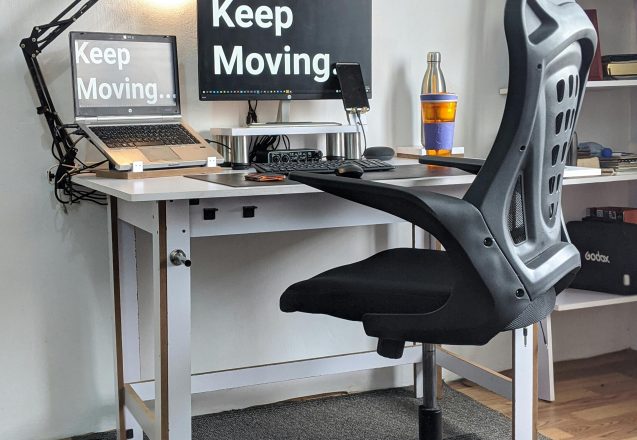

 People in Irvine, CA, understand it takes more than sticking with a diet for a week or exercising regularly for a month to live healthier. You have to turn things into a habit that you do automatically, much like driving to work. How often have you headed out Saturday morning to go shopping and found yourself on the way to the office? You do it so many times that it becomes automatic. Find something that can improve your health, no matter how small, and do it consistently for two months.
People in Irvine, CA, understand it takes more than sticking with a diet for a week or exercising regularly for a month to live healthier. You have to turn things into a habit that you do automatically, much like driving to work. How often have you headed out Saturday morning to go shopping and found yourself on the way to the office? You do it so many times that it becomes automatic. Find something that can improve your health, no matter how small, and do it consistently for two months.
 People often start a weight loss regimen with trepidation and dread. They think they have to make dramatic changes to their life. Luckily, you can start slowly by making small changes. These sneaky ways to lose weight can make it easier and more fun. They take away the pain people often experience when they first start to lose weight and provide the satisfaction of shedding extra pounds. They don’t replace a healthy diet and exercise. Some of the sneakiest ways include both.
People often start a weight loss regimen with trepidation and dread. They think they have to make dramatic changes to their life. Luckily, you can start slowly by making small changes. These sneaky ways to lose weight can make it easier and more fun. They take away the pain people often experience when they first start to lose weight and provide the satisfaction of shedding extra pounds. They don’t replace a healthy diet and exercise. Some of the sneakiest ways include both.
 Staying in shape isn’t easy when your life is busy. Many people in Irvine, CA find it difficult to have adequate time for everything. They often ignore fitness because they feel they’ll have time later when life isn’t as crowded or other people’s needs are more important than theirs. Neither reason is good. There are ways to include fitness in your life. These include making a few changes or modifying your workout.
Staying in shape isn’t easy when your life is busy. Many people in Irvine, CA find it difficult to have adequate time for everything. They often ignore fitness because they feel they’ll have time later when life isn’t as crowded or other people’s needs are more important than theirs. Neither reason is good. There are ways to include fitness in your life. These include making a few changes or modifying your workout.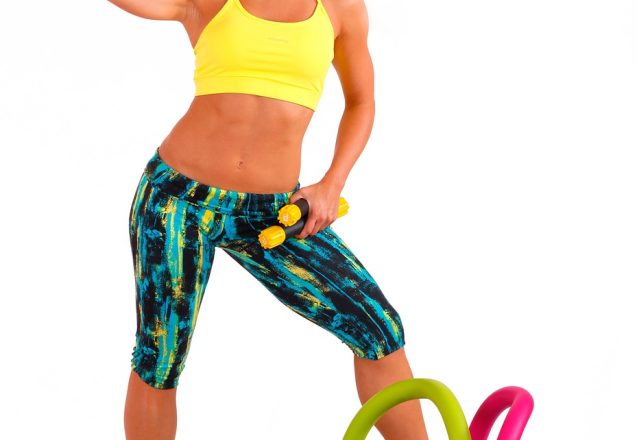
 Trainers help athletes focus on workouts that enhance their bodies and prepare them for particular sports. It often involves mixing in tricks and tips that you might not expect. A healthy diet can make a huge difference, but so can mindset. Trying new ways to exercise and creating new routines is another. Mixing it up helps work muscles on different planes. It boosts fitness by ensuring your body experiences the potential blocks to success.
Trainers help athletes focus on workouts that enhance their bodies and prepare them for particular sports. It often involves mixing in tricks and tips that you might not expect. A healthy diet can make a huge difference, but so can mindset. Trying new ways to exercise and creating new routines is another. Mixing it up helps work muscles on different planes. It boosts fitness by ensuring your body experiences the potential blocks to success.
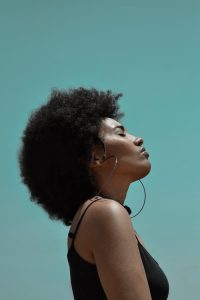 If you want an edge in any endeavor, athletics or otherwise, work on mental focus and clarity. Newer studies show that the difference between average and superior is often all in your head. It took centuries for someone to come close, although some unofficial claims were made, and almost 91 years to break the 4:01 threshold. Roger Bannister did it in 1954 with a record time of 3:59. That record stood for slightly more than a month. In the last 50 years, almost 1800 athletes have succeeded in running a mile in under four minutes. It shows the barrier was more mental than physical.
If you want an edge in any endeavor, athletics or otherwise, work on mental focus and clarity. Newer studies show that the difference between average and superior is often all in your head. It took centuries for someone to come close, although some unofficial claims were made, and almost 91 years to break the 4:01 threshold. Roger Bannister did it in 1954 with a record time of 3:59. That record stood for slightly more than a month. In the last 50 years, almost 1800 athletes have succeeded in running a mile in under four minutes. It shows the barrier was more mental than physical.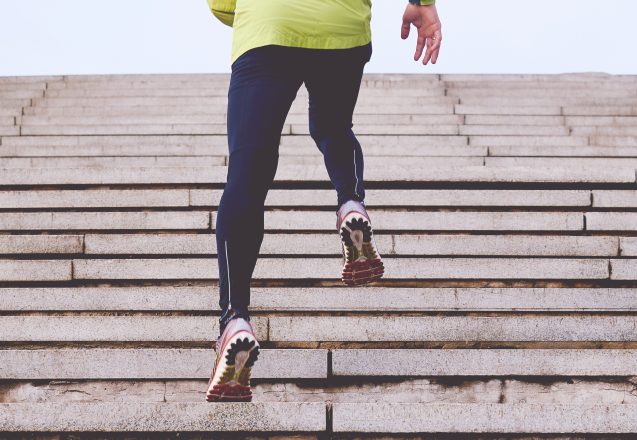
 The way you improve your stamina has a lot to do with your ultimate goal. If you’re running, the most effective tools may differ from someone focusing on weight lifting. Some techniques work for every sport and are a part of any sensible training program. They can help both the athlete and non-athlete. One simple technique is frequent hydration. Even mild dehydration can diminish your performance. If you’re feeling exhausted before finishing your workout, drink water and see if you can push through to success.
The way you improve your stamina has a lot to do with your ultimate goal. If you’re running, the most effective tools may differ from someone focusing on weight lifting. Some techniques work for every sport and are a part of any sensible training program. They can help both the athlete and non-athlete. One simple technique is frequent hydration. Even mild dehydration can diminish your performance. If you’re feeling exhausted before finishing your workout, drink water and see if you can push through to success.
 If you want to condition your muscles for a quick response time or maximum short bursts of strength, include plyometric workouts in your fitness program. It’s all about the muscle SSC—stretch-shortening cycle. It’s the mechanism providing spring-like muscle performance that improves explosive and endurance-type athletic performances. It has three phases: the eccentric phase, the amortization phase, and the concentric phase. The eccentric phase occurs when you crouch before you jump. The concentric phase needs to be kept short to increase the power. It’s the transition period. The concentric phase shortens muscles to generate force. It’s when the muscles make their explosive movement.
If you want to condition your muscles for a quick response time or maximum short bursts of strength, include plyometric workouts in your fitness program. It’s all about the muscle SSC—stretch-shortening cycle. It’s the mechanism providing spring-like muscle performance that improves explosive and endurance-type athletic performances. It has three phases: the eccentric phase, the amortization phase, and the concentric phase. The eccentric phase occurs when you crouch before you jump. The concentric phase needs to be kept short to increase the power. It’s the transition period. The concentric phase shortens muscles to generate force. It’s when the muscles make their explosive movement.
 It’s back. It’s the time when people in Irvine, CA start working on their New Year’s goals they set at the stroke of midnight on December 31st. They may be struggling to keep them in the first few weeks or even decide to give up. Frequently, the reason is that they aren’t realistic and are trying to change too much too quickly. If you’re 100 pounds overweight, don’t expect to lose it in a month. Instead, focus on losing two pounds a week. You can celebrate next New Year’s Eve at your ideal weight. Even if you exercised six hours a day and starved yourself, you couldn’t lose that much weight in a month.
It’s back. It’s the time when people in Irvine, CA start working on their New Year’s goals they set at the stroke of midnight on December 31st. They may be struggling to keep them in the first few weeks or even decide to give up. Frequently, the reason is that they aren’t realistic and are trying to change too much too quickly. If you’re 100 pounds overweight, don’t expect to lose it in a month. Instead, focus on losing two pounds a week. You can celebrate next New Year’s Eve at your ideal weight. Even if you exercised six hours a day and starved yourself, you couldn’t lose that much weight in a month.